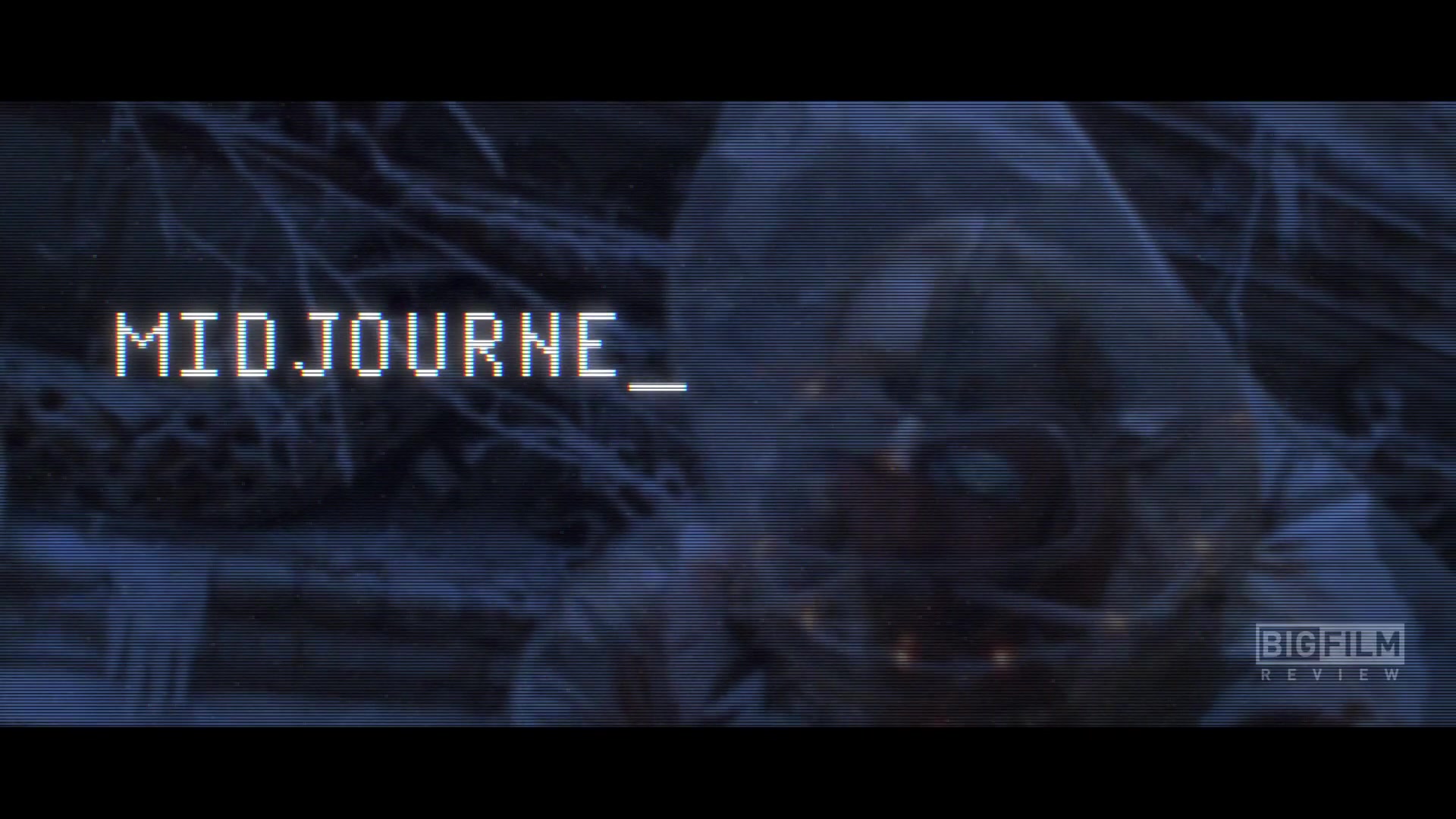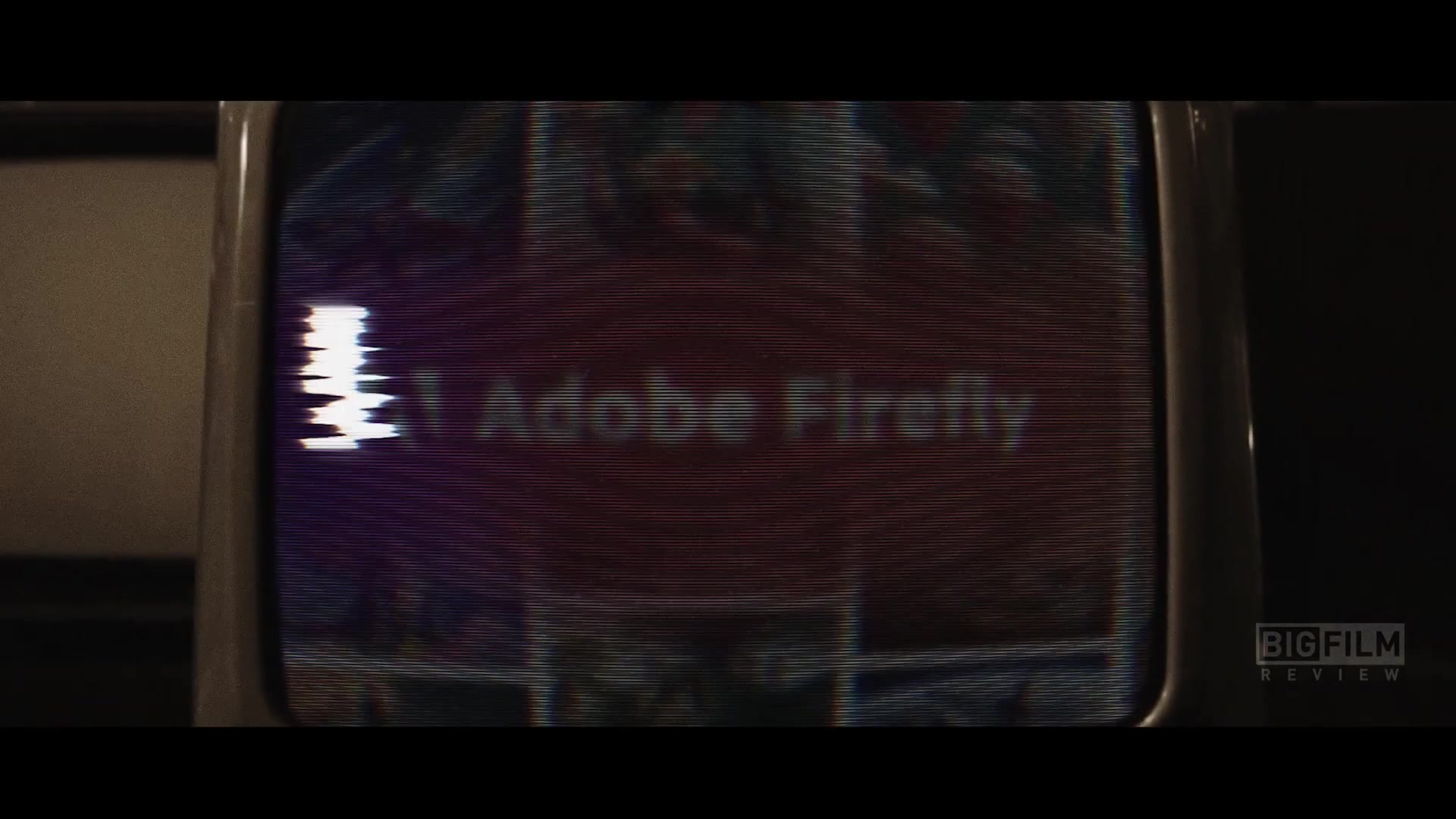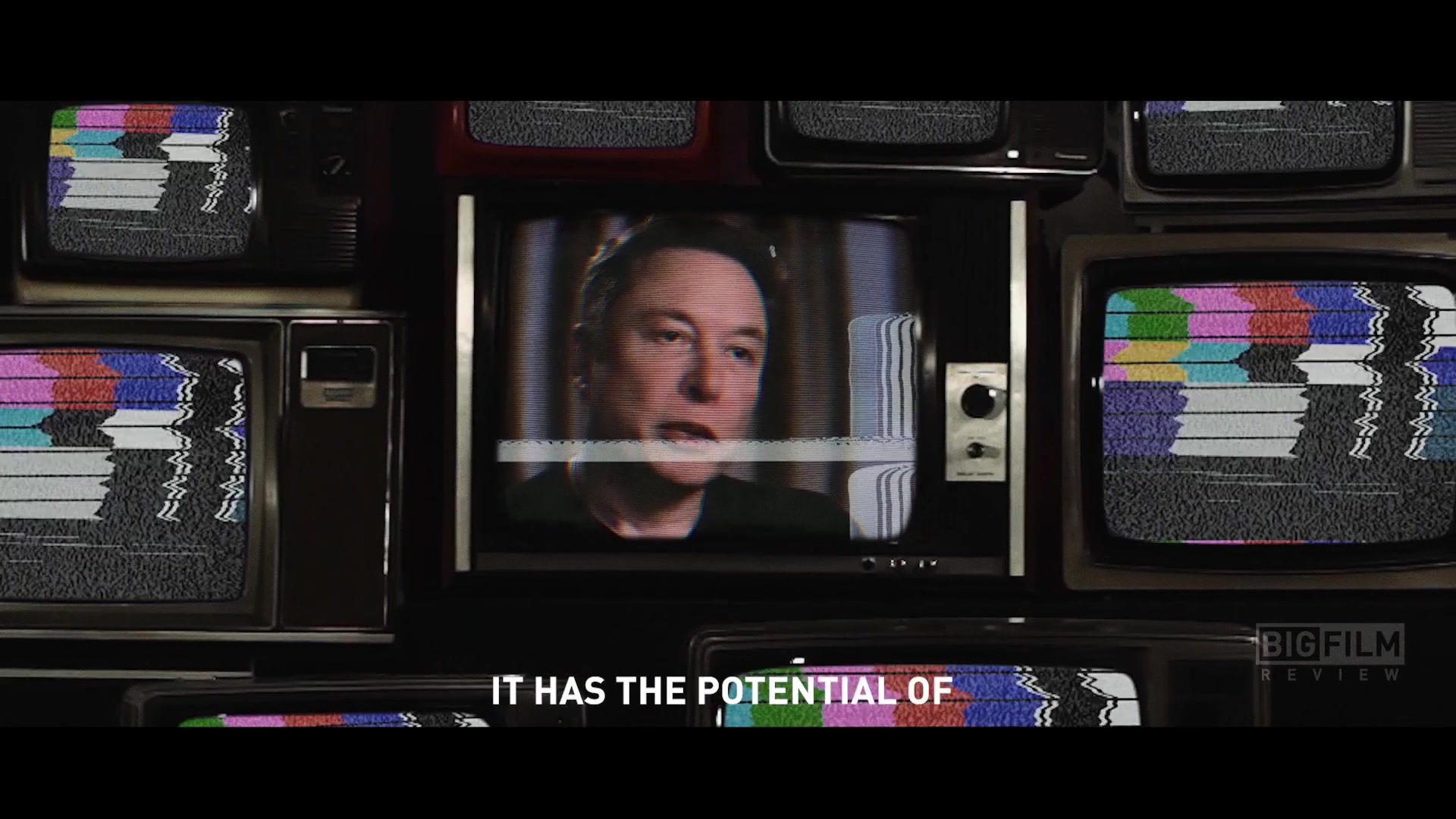AI's Growing Influence: A Cause for Concern?
The rapid advancement of AI has led to its integration into numerous sectors, and the creative industries are no exception. Tools like ChatGPT, Midjourney, and DALL-E have demonstrated the capacity to generate human-quality text and visuals, sparking anxieties among writers, artists, and filmmakers about potential job displacement. The ability of AI to automate certain tasks, such as content creation, raises questions about the future role of human creatives and the value of their skills in an increasingly automated world.
AI is getting scarier and scarier. ChatGPT might be taking jobs away from writers. Midjourney and DALL-E might do it, too. Until a filmmaker saw Adobe Firefly, they weren't worried.
While the concerns are valid, it is essential to approach AI's integration with a balanced perspective, recognizing its potential to augment and enhance human creativity rather than entirely replace it. As AI technologies continue to evolve, creative professionals must adapt and explore innovative ways to leverage these tools to their advantage.
ChatGPT: Automating the Writing Process
ChatGPT, developed by OpenAI, is a language model that uses deep learning to generate human-like text. It can be used for various writing tasks, including article creation, scriptwriting, and content marketing. Its ability to produce coherent and grammatically correct content quickly has raised concerns among writers about the potential for AI to automate their jobs. However, it's also true that ChatGPT can assist writers in brainstorming ideas, overcoming Writer's block, and streamlining their workflow. The key is to recognize ChatGPT as a tool that can augment human writing skills rather than replace them entirely.
Many people are looking at how to use ChatGPT to improve their writing. The goal is to augment, not replace writing.
Midjourney and DALL-E: Transforming the Art World
Midjourney and DALL-E are AI-powered image generators that can create unique visuals from text prompts. These tools allow users to generate stunning artwork, photorealistic images, and abstract designs with ease. This has led to concerns among artists about the potential for AI to diminish the value of human-created art. However, Midjourney and DALL-E can also be used as powerful tools to inspire artists, explore new creative directions, and prototype ideas quickly. By embracing these technologies, artists can expand their creative horizons and develop new artistic styles.

AI can be intimidating to artists, but can be used to inspire them.
Adobe Firefly: A Game Changer for Filmmakers?
Adobe Firefly is an AI Tool that is designed to assist filmmakers in various aspects of film production, including visual effects, animation, and post-production. Its ability to automate certain tasks and generate realistic visuals quickly has raised concerns among filmmakers about the potential for AI to replace human talent in the industry. However, Adobe Firefly can also be a valuable asset for filmmakers, enabling them to create high-quality visuals more efficiently, explore new storytelling possibilities, and overcome budgetary constraints. By using Adobe Firefly as a collaborative tool, filmmakers can enhance their creative vision and bring their stories to life in new and exciting ways.
AI tools like Firefly can assist with film production, and create high quality visuals.

 < 5K
< 5K
 6
6

 96.1K
96.1K
 14.73%
14.73%
 6
6


 < 5K
< 5K
 0
0


 43.7K
43.7K
 31.1%
31.1%
 0
0


 36.8K
36.8K
 26.66%
26.66%
 34
34

 474.9K
474.9K
 33.83%
33.83%
 45
45


 9.3K
9.3K
 40.04%
40.04%
 34
34


 839.4K
839.4K
 22.16%
22.16%
 4
4


 13.4K
13.4K
 100%
100%
 2
2


 < 5K
< 5K
 0
0


































